Table of contents
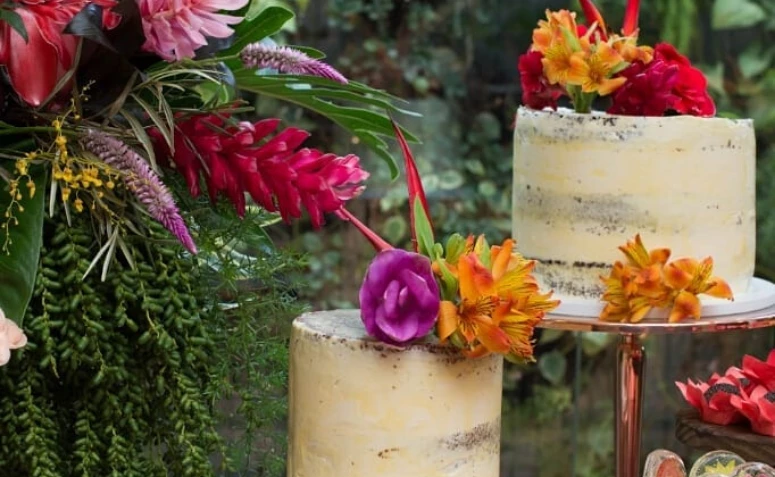
Tropical flowers, as the name implies, are species common in the tropics. Generally, they have an exotic appearance, are cheerful, colorful, and sometimes with different textures. They are flowers that do well to be exposed outdoors and are beautiful to decorate gardens and compose floral arrangements for rooms and special events. Get to know some of these flowers and bring joy to your home!
1. alpinia
Ideal for tropical landscapes, alpinas have beautiful flowers with colors ranging from red to pink, and can even be white. The flower does not resist well to cold and low humidity, requiring frequent watering and locations with mild temperatures.
Alpinia needs to be planted in deep soil rich in organic matter. It can be combined with other, larger species, as it needs to be grown in the shade.
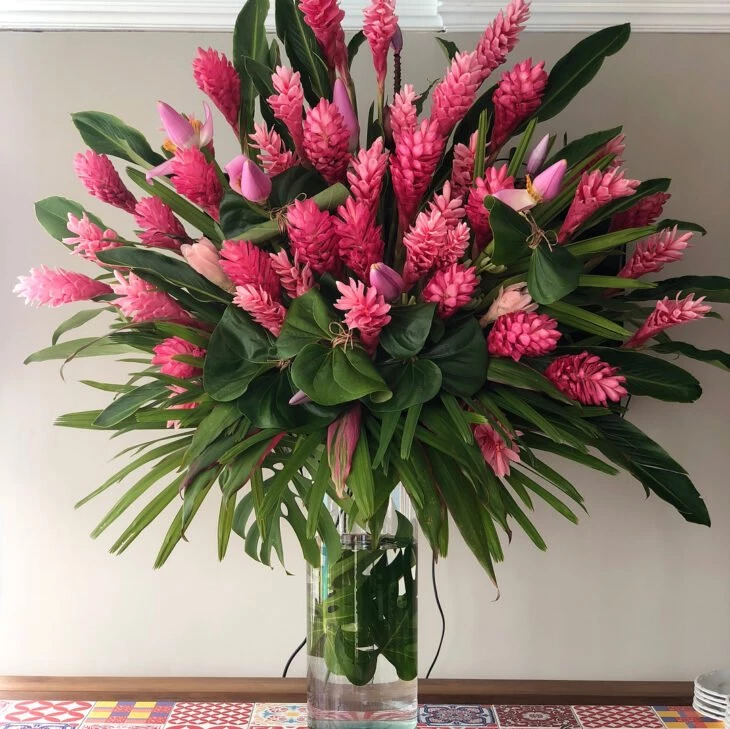
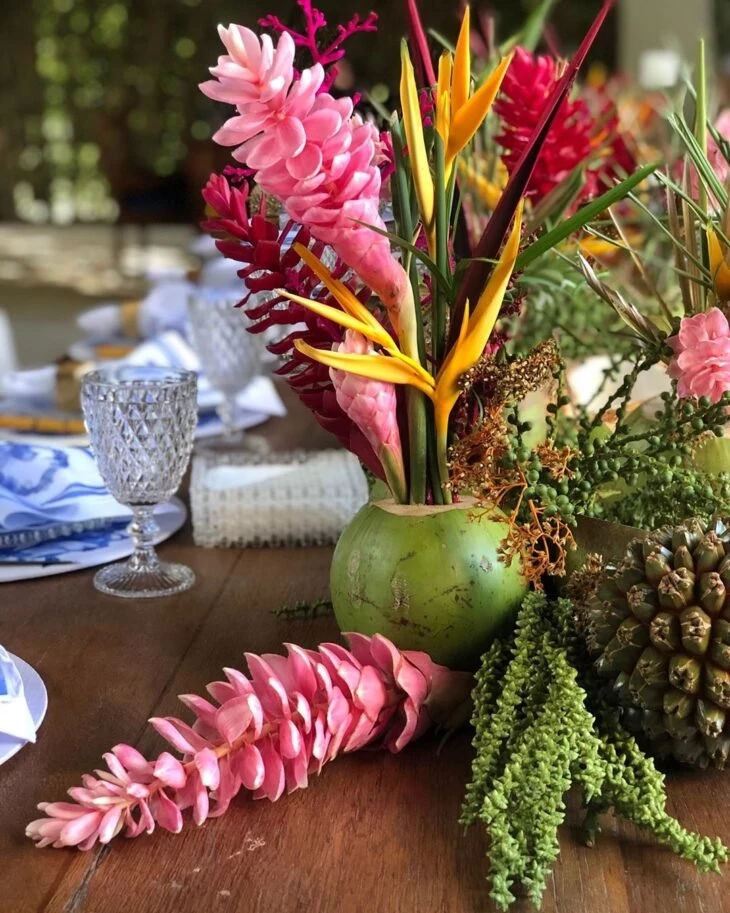

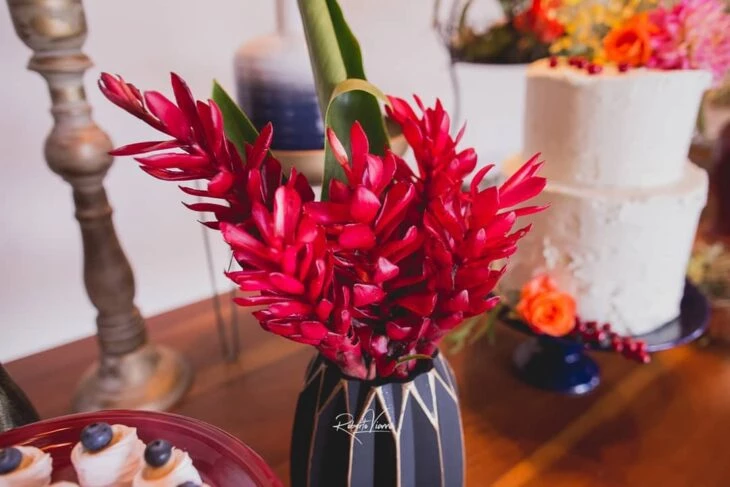
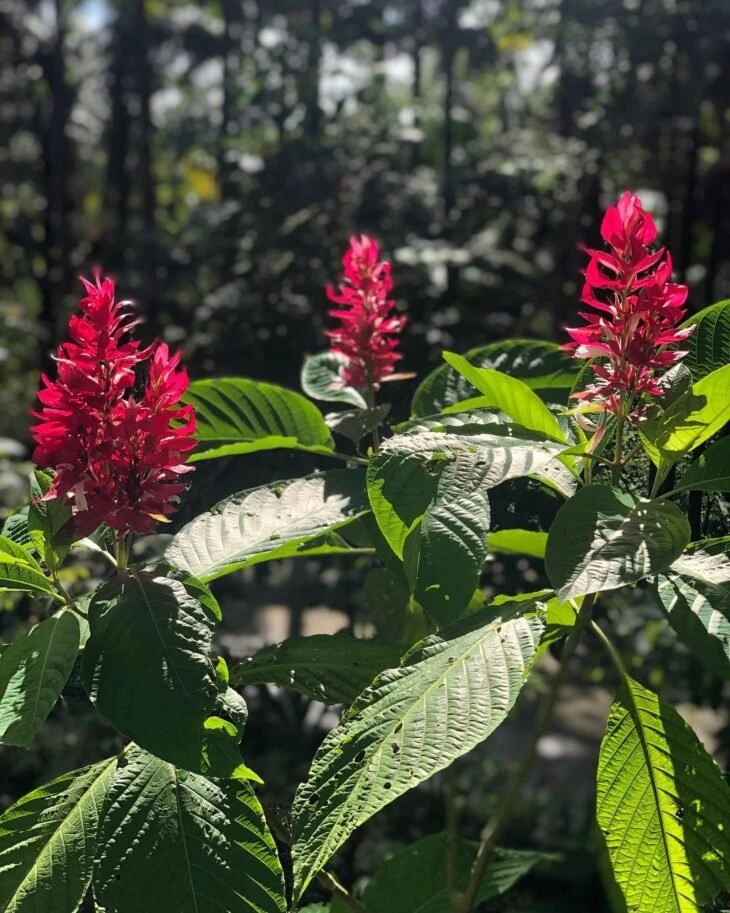
2. astromelia
The best time to plant this flower is springtime. The species grows very well in full sun or half shade. However, it is important to avoid extreme heat and its irrigation should be daily.
The astromeliad blooms quickly, so it is not appropriate to have other plants around, so as not to harm them. Its most common colors are red, white, pink, yellow, and lilac, and it may have spots on the inner petals.
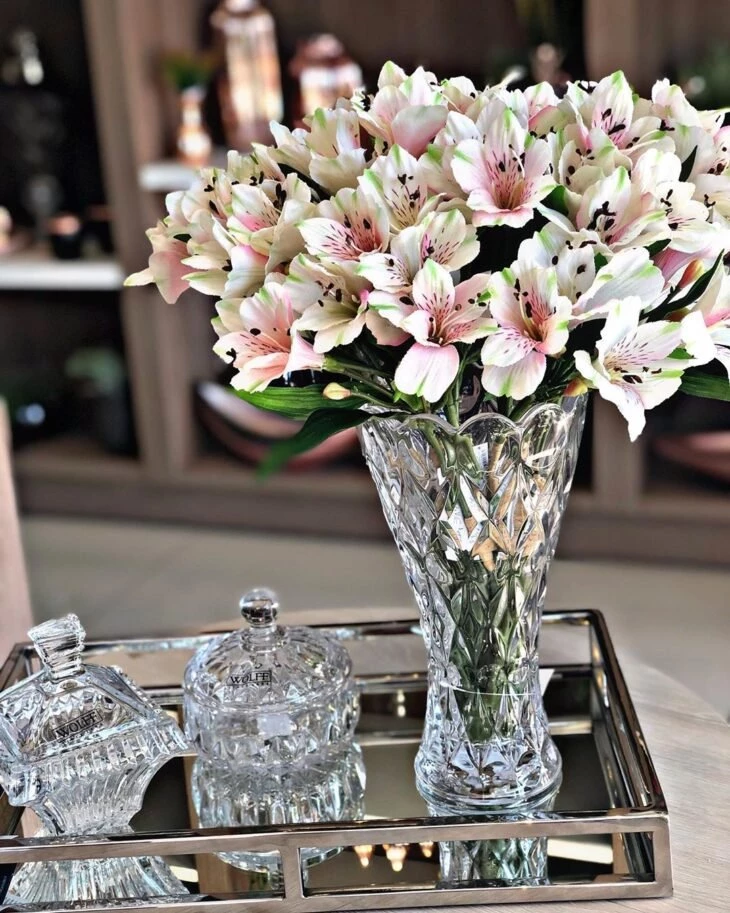
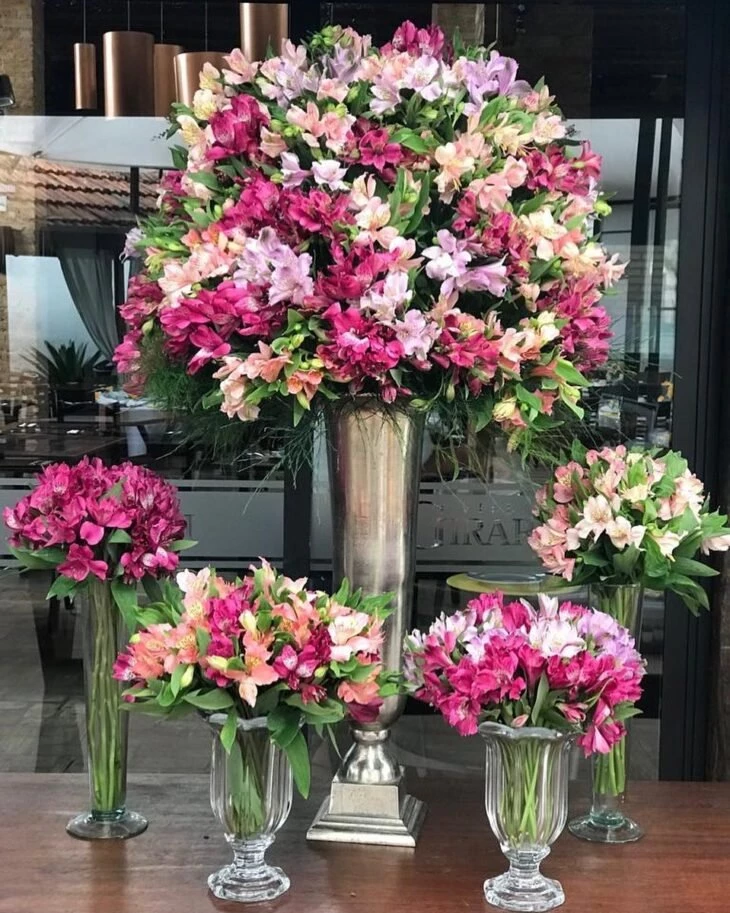
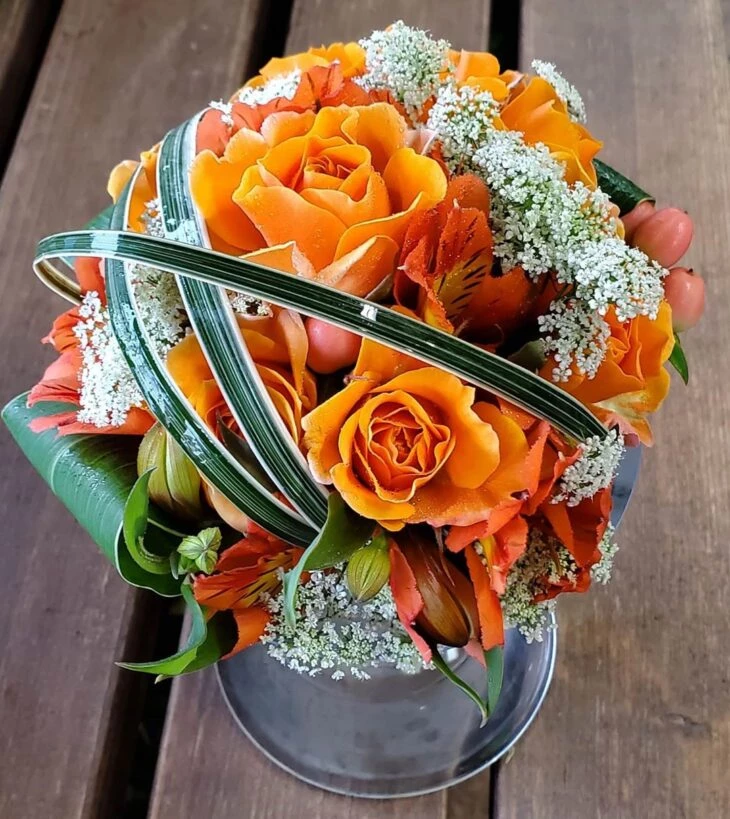

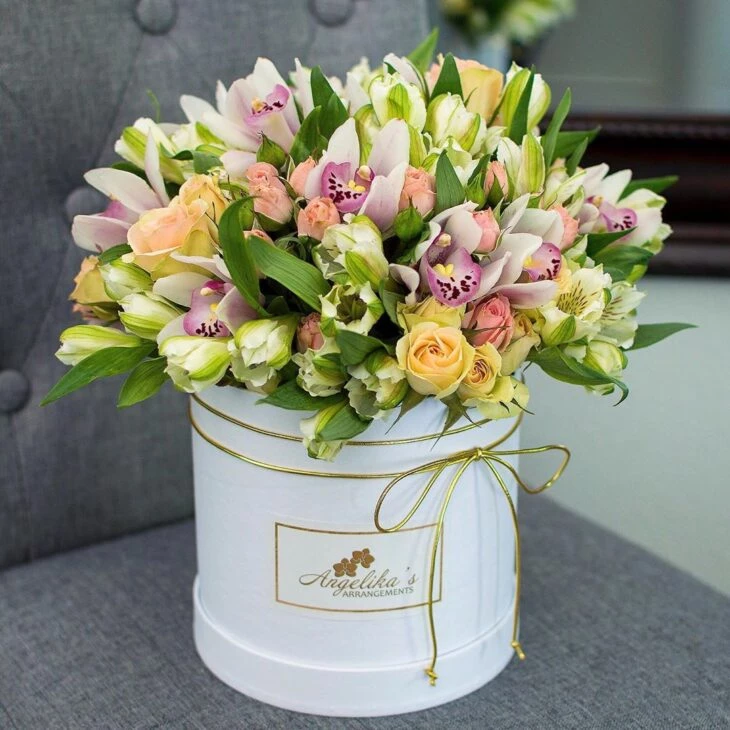
3. bird-of-paradise
Also known as estrelícia The flower is wind resistant and can be displayed outdoors to beautify homes and various establishments. With its shape and exotic colors, it catches the eye in any decoration, especially at weddings.
It should be planted in slightly acidic soil and watered twice a week. If pollinated, the bird-of-paradise flower produces dry, seed-filled fruit.
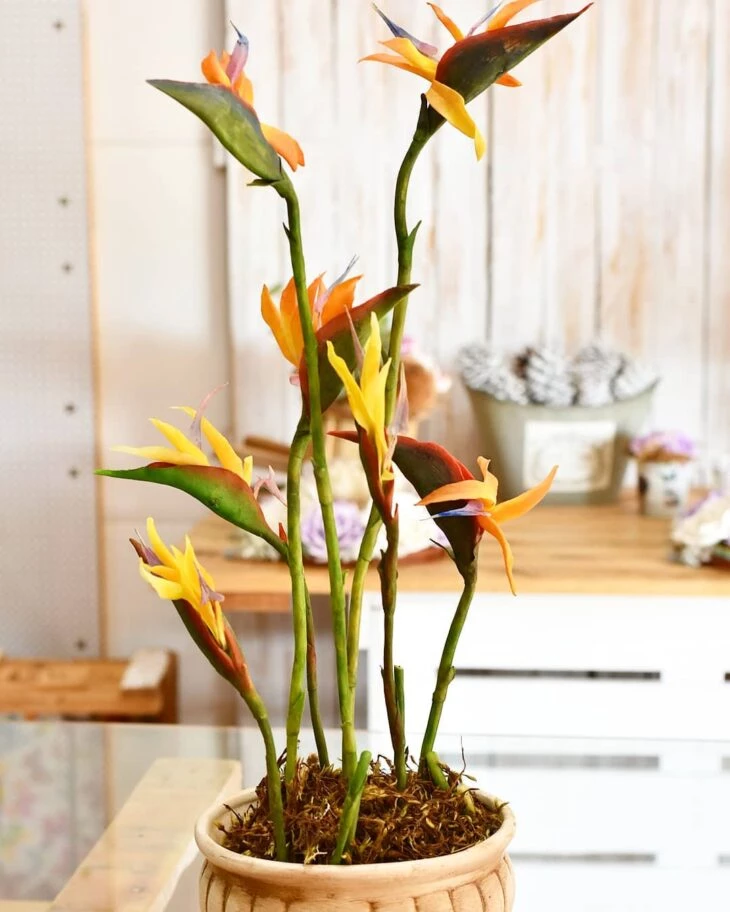
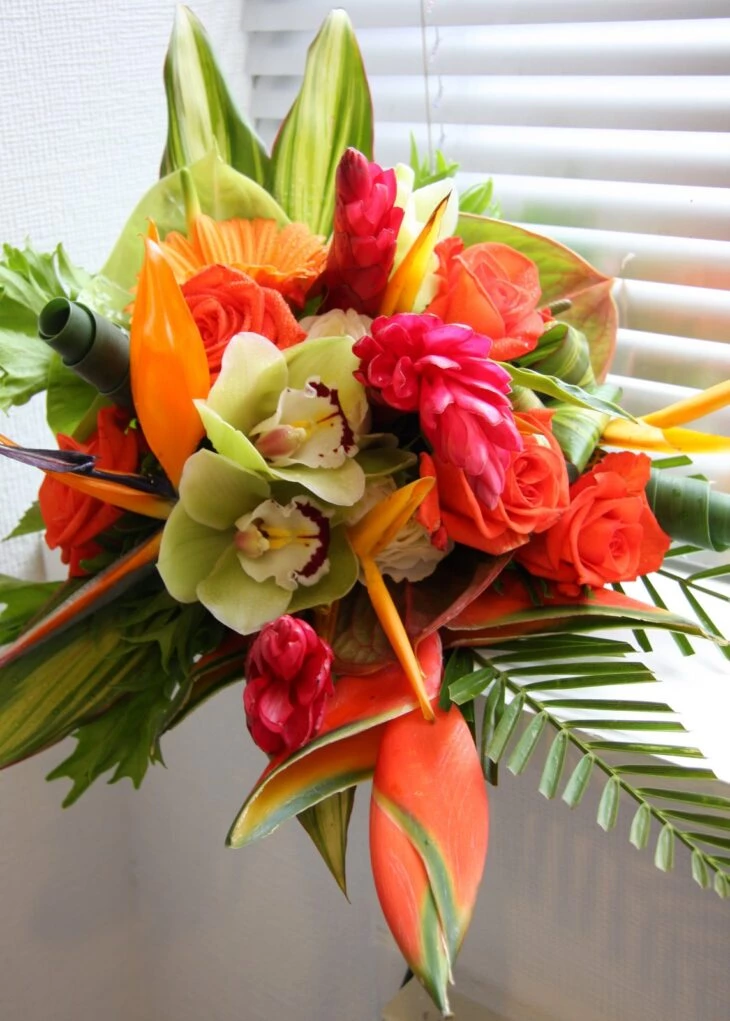

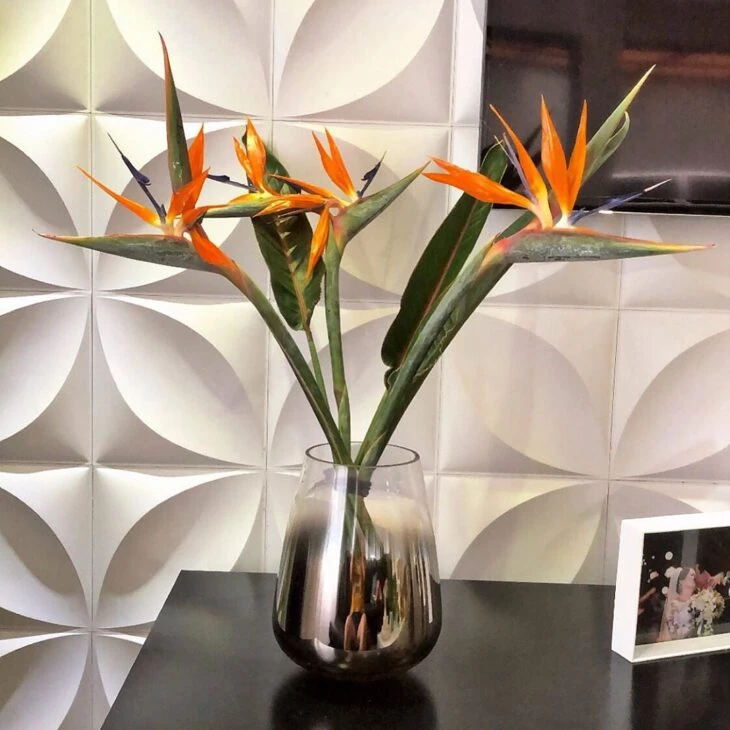
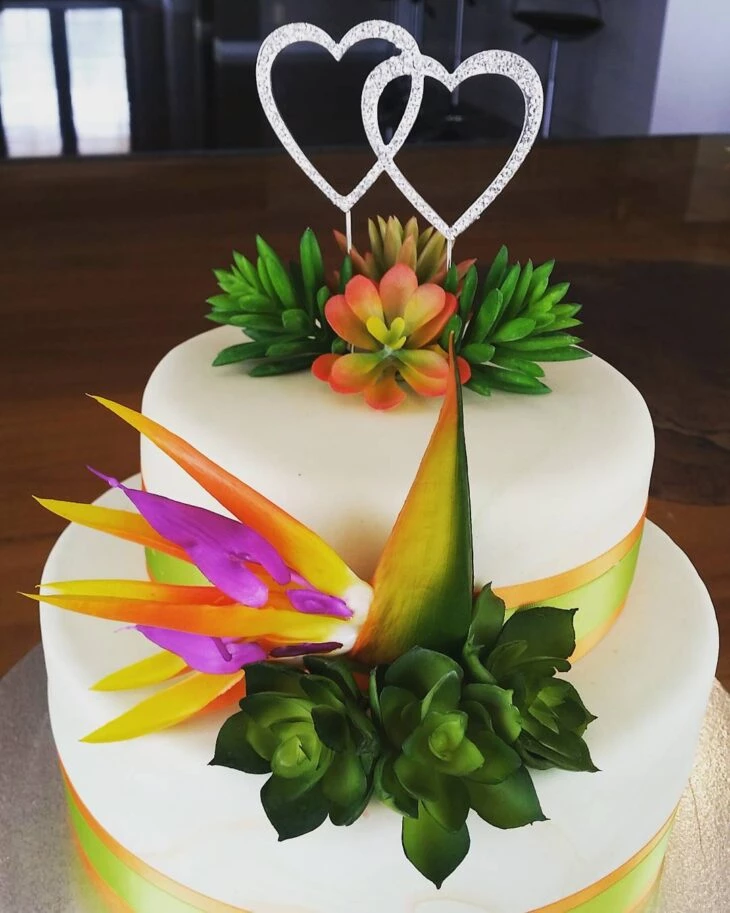
4. emperor sticks
This is a flower that is widely used in interior ornamental arrangements, but also works for garden landscaping due to its long, sturdy, and conical shape.
Its cultivation is easy and it adapts to various regions of the country, blooming all year round, especially between September and February. It is recommended to plant before the rainy season begins.
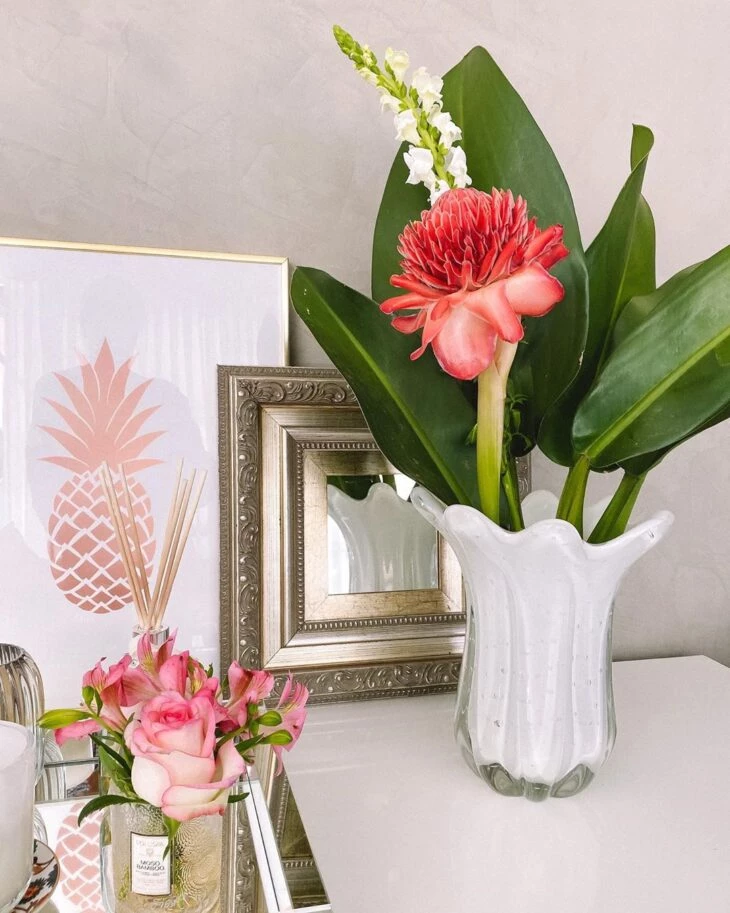
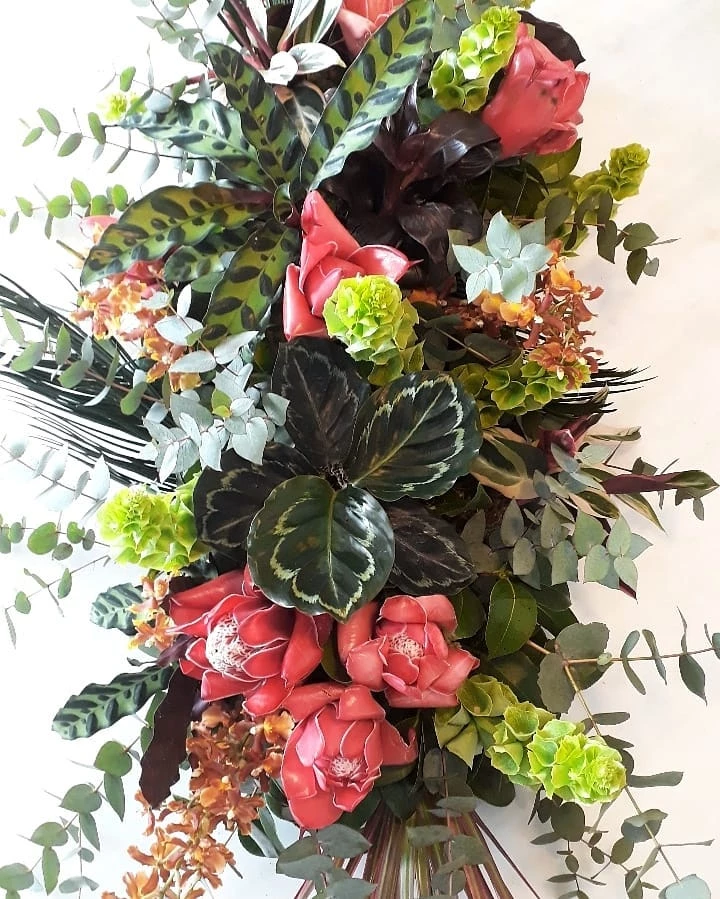

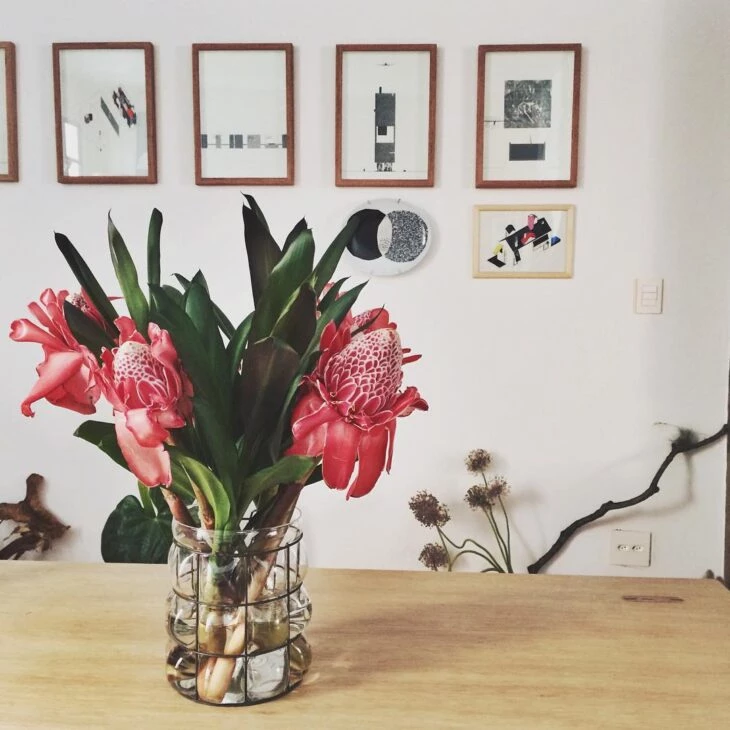
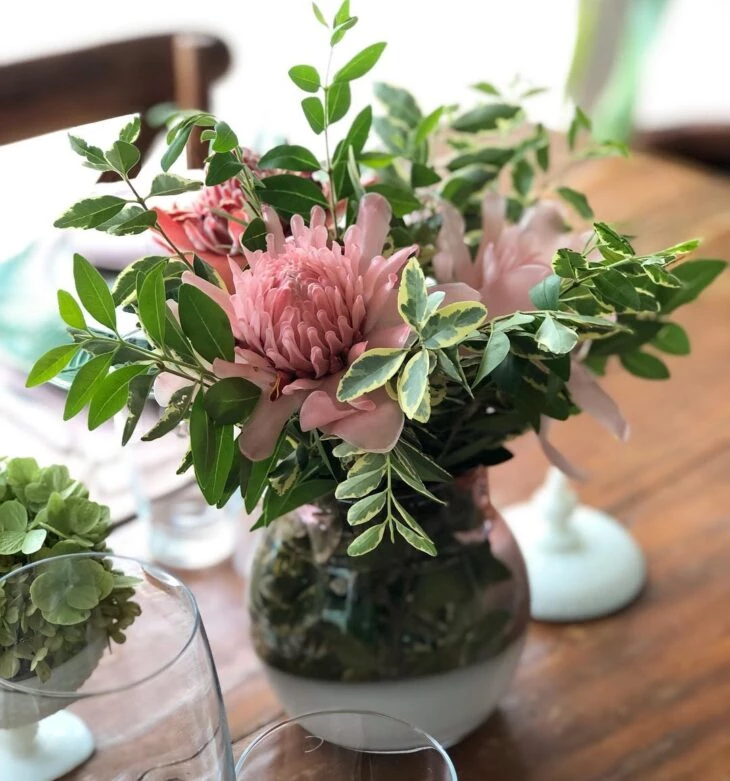
5. cyclamen
The flowers of the cyclamen can be grown during the winter, especially indoors in half shade, and can bloom all year round with proper care.
See_also: Baby Shark Cake: 100 ideas and tutorials for singing and dancing on your birthdayIt can be found in shades of pink, salmon, red, white, and even bicolor. It is widely used to brighten up environments and to give presents to loved ones, transmitting good feelings. But beware: it can be toxic to pets.

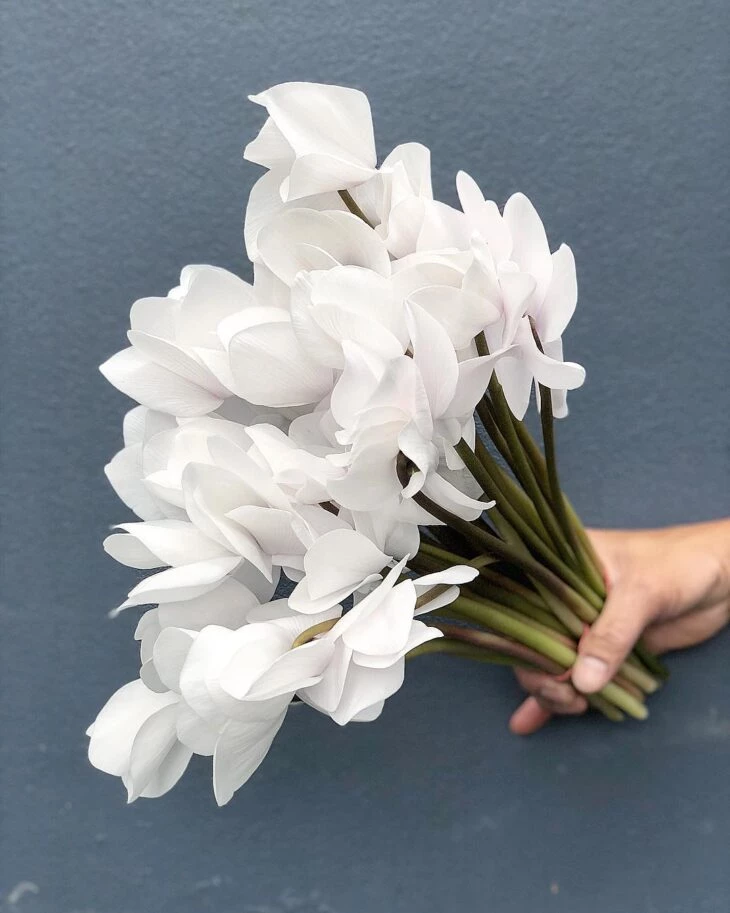
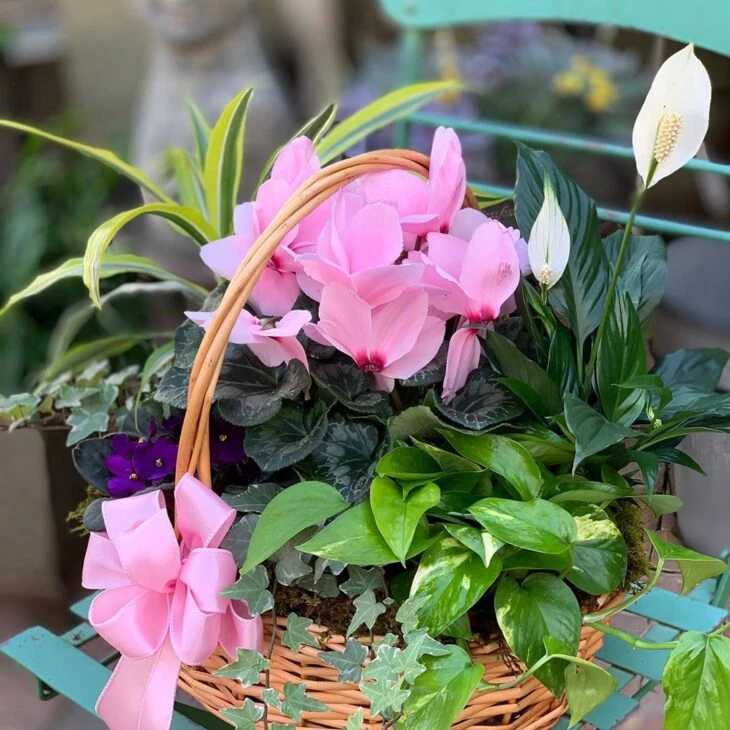
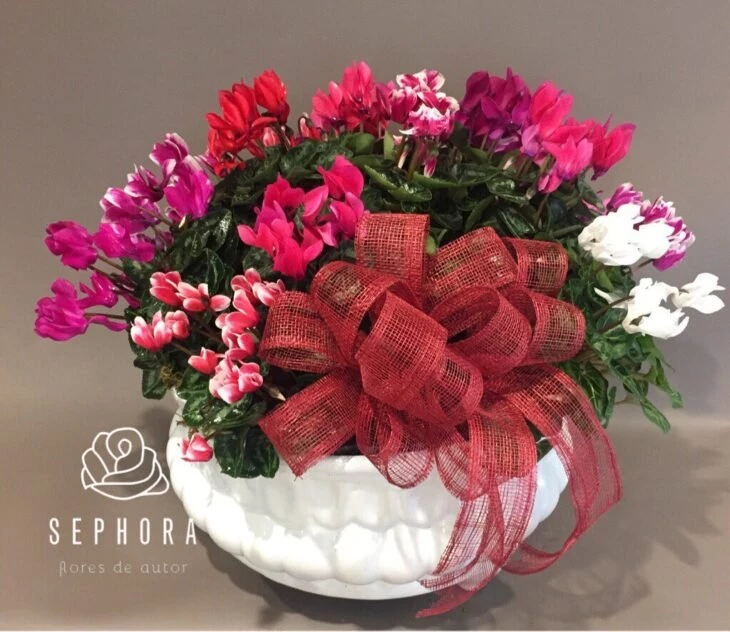
6. chrysanthemum
The chrysanthemum blooms all year round and can reach a height of 1 meter. Majestic, its coloring can be very diverse, contemplating colors such as: white, pink, yellow, orange, bronze, lilac, red, purple, and blue.
The ideal planting time is in late summer and early fall, and it blooms during the cooler periods. Chrysanthemum flowers do well in warmth and lots of light, unlike the ones mentioned so far.
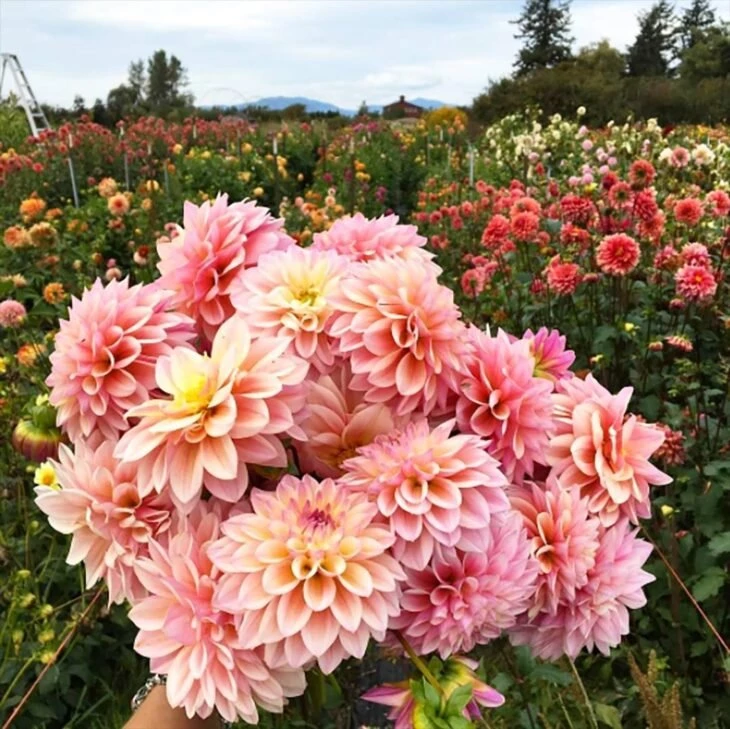
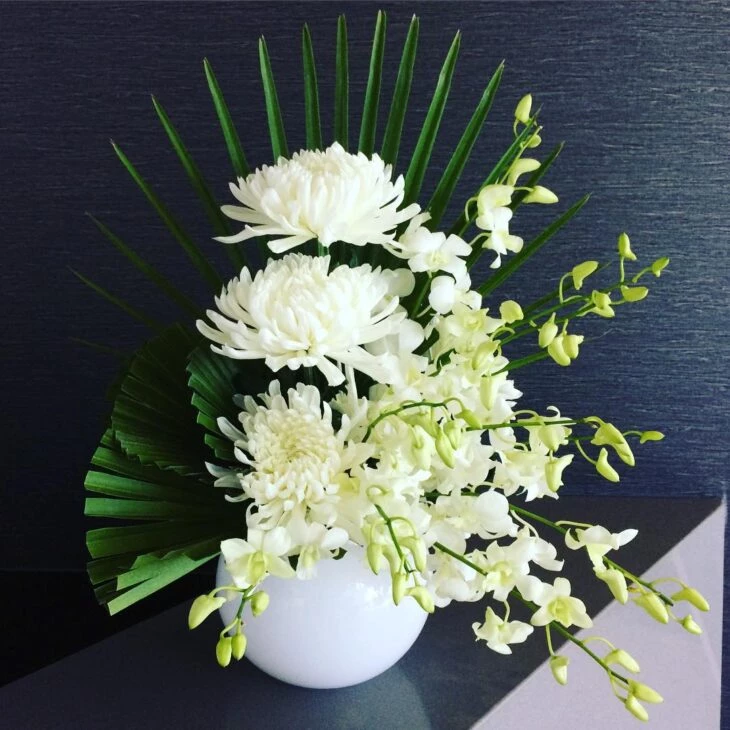
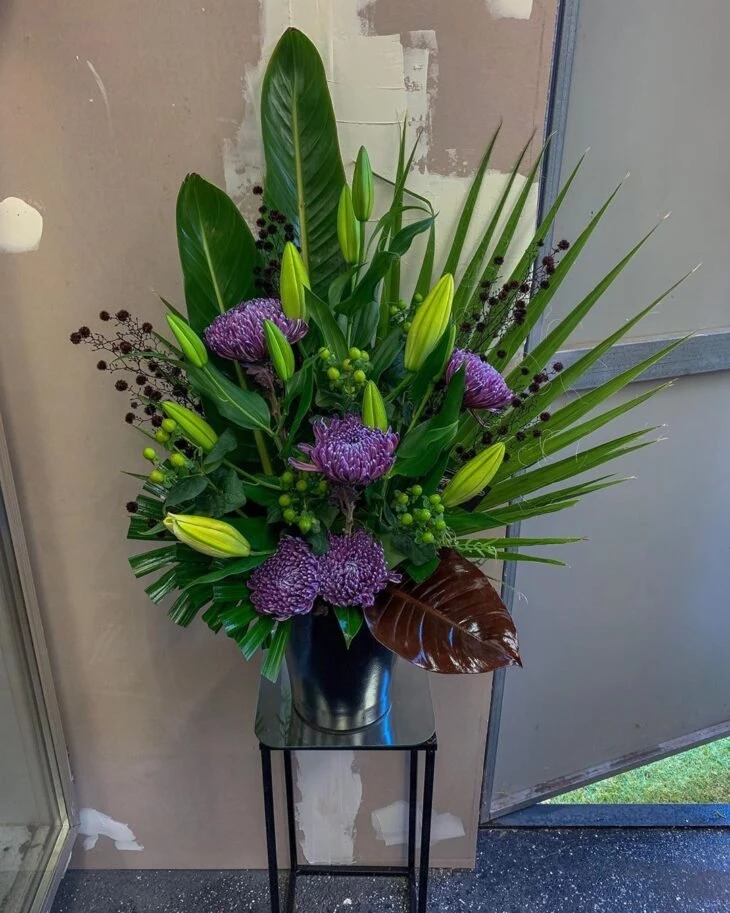
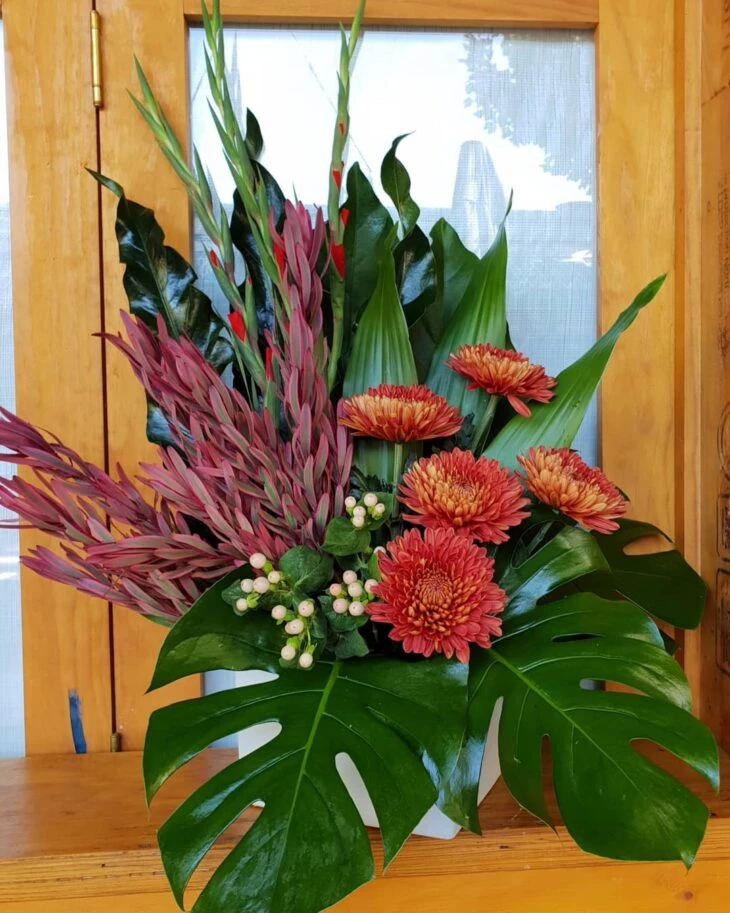

7. hibiscus
This simple plant blooms quickly and has abundant flowers. It is not recommended for indoors, although it needs little space. It is essential to be in a well-lit, humid, and warm place, but not in direct sunlight all day.
Beautiful for garden decoration and special events that demand colorful and cheerful details, such as weddings and birthdays.
See_also: Living room curtains: 75 models to inspire your choice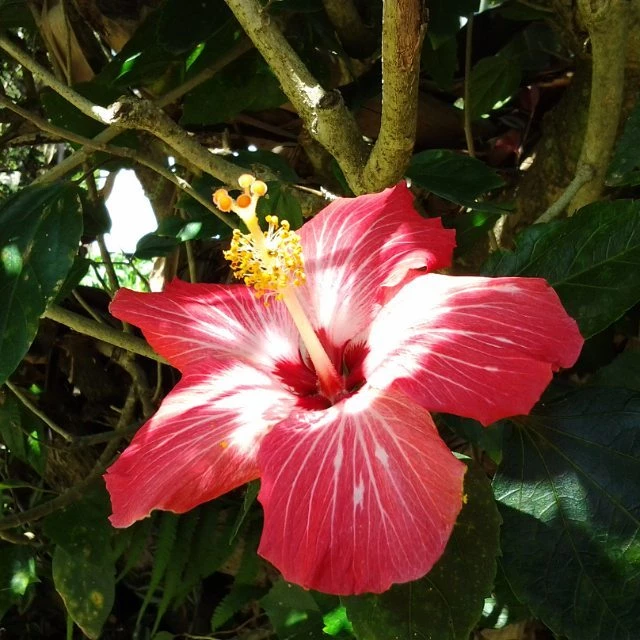
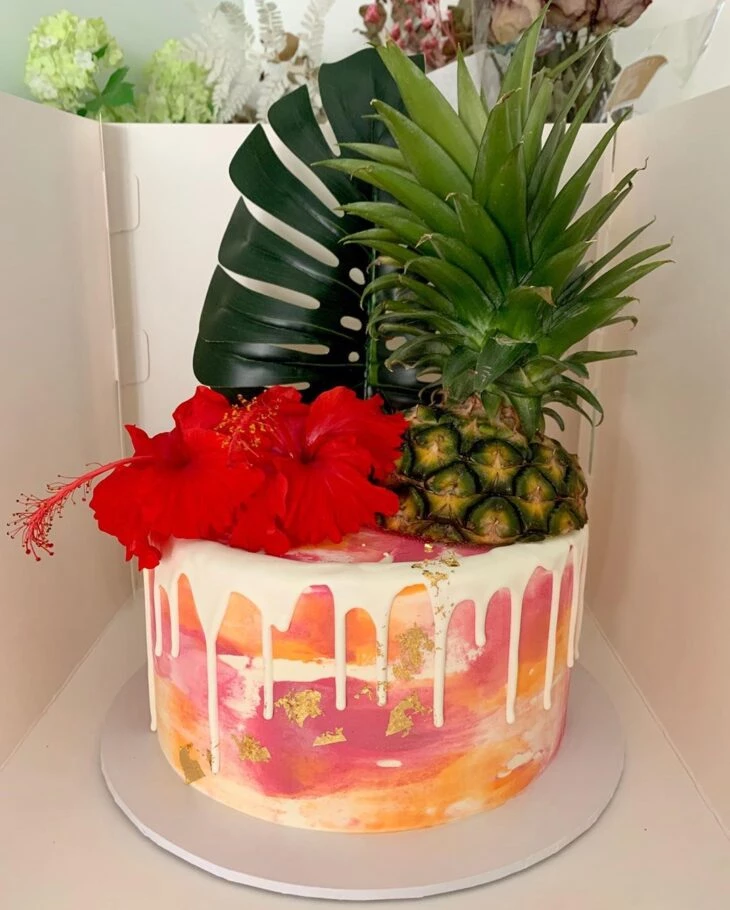
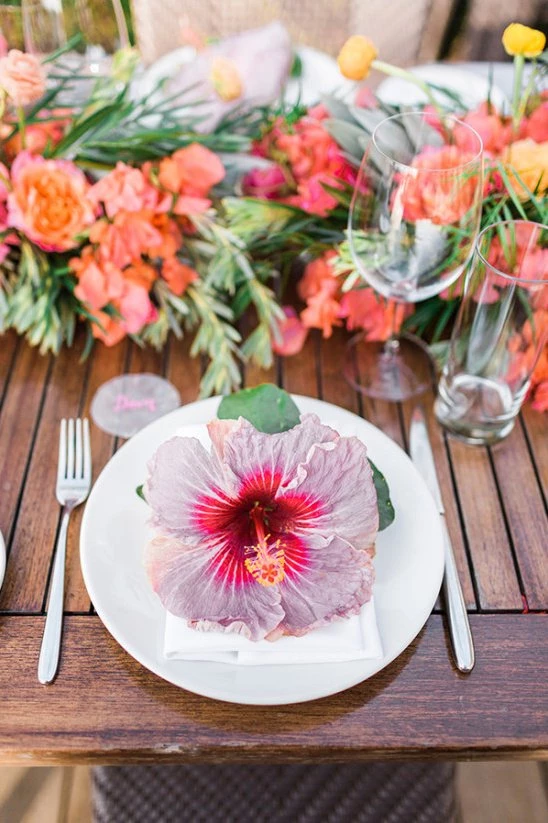
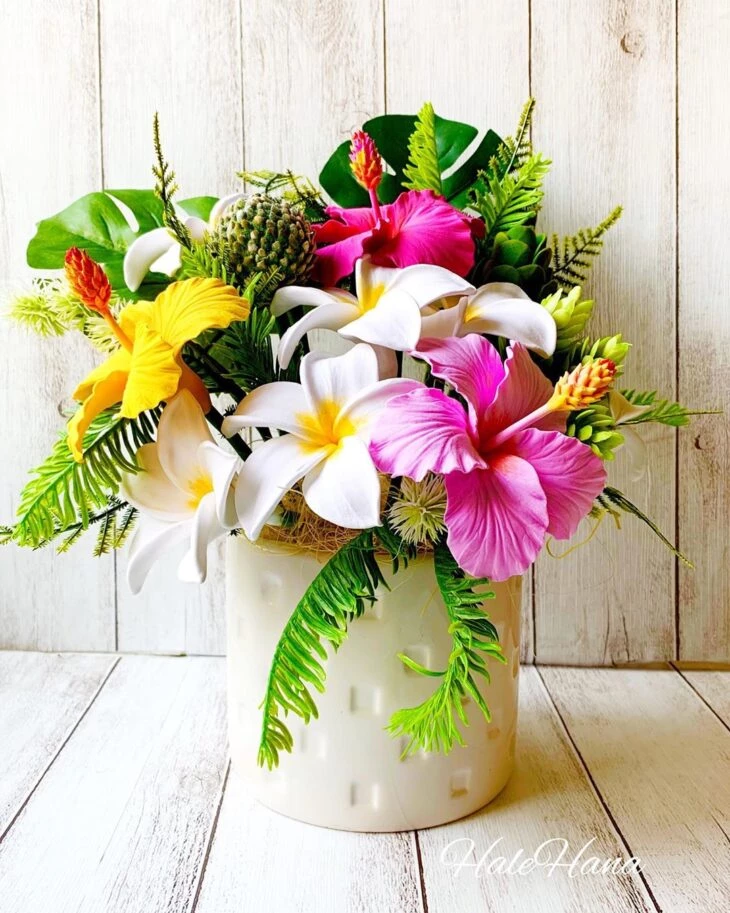
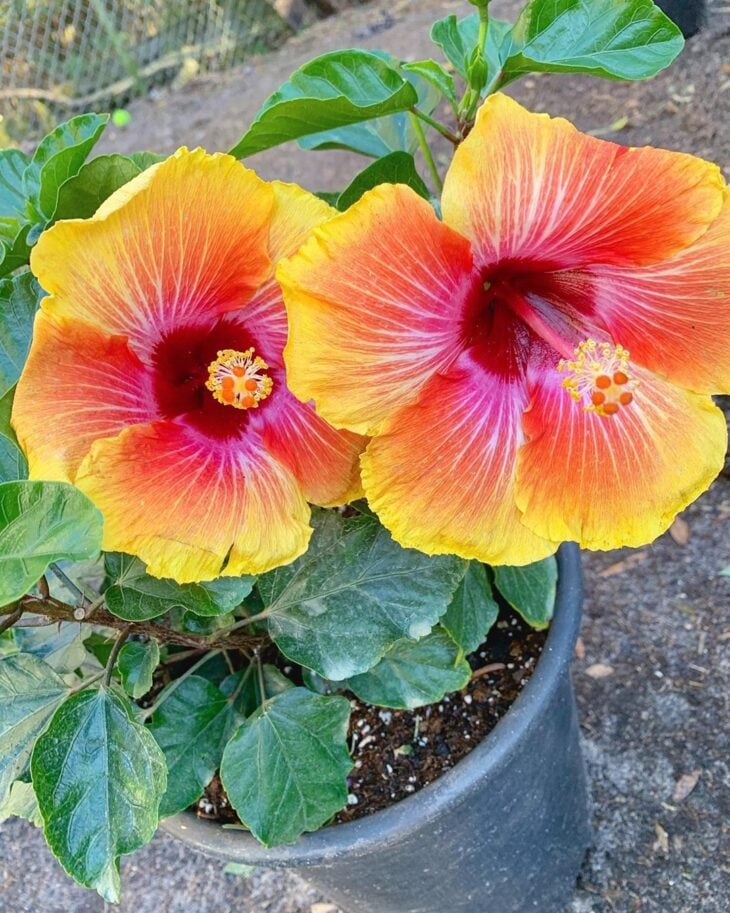
8. orchid
The famous orchids need to be planted in a space with plenty of light during their flowering. Their coloration can vary according to the luminosity: bottle-green leaves for little light; yellowish when there is too much.
It usually blooms once a year, and is widely used as an ornamental element. It is also a great gift option for loved ones, representing sincere feelings, success, and tranquility.
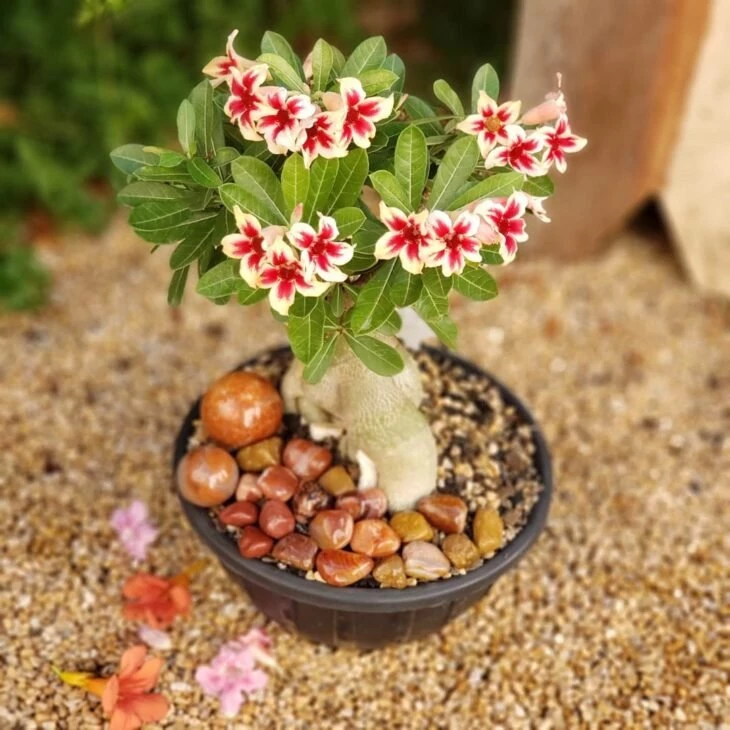
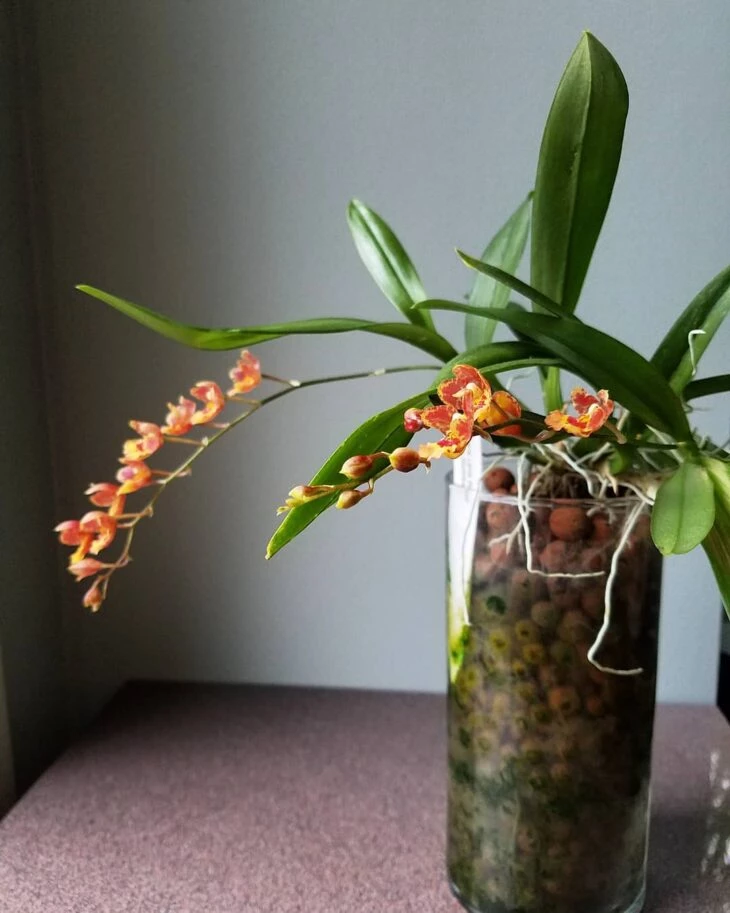

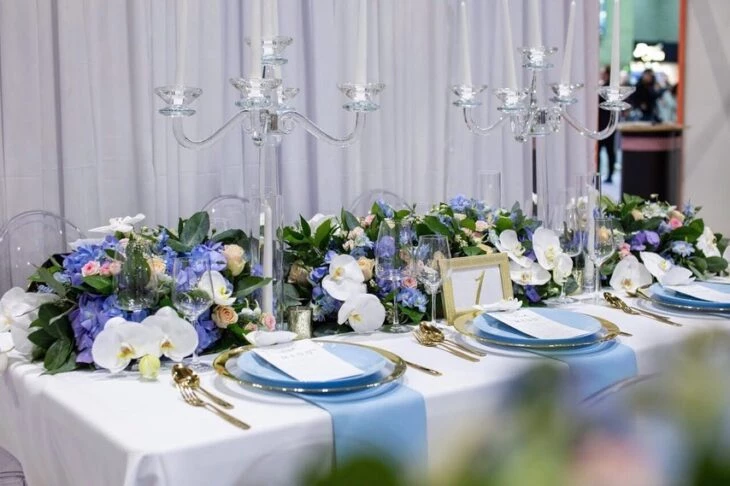
9. spring
A famous climber for decorating Japanese bonsais, this species must receive regular pruning to create a rounded crown. Its colors range from pure white to bright red, varying in shade and petal shape.
The seedlings should be planted in mixed soil and in places that receive sunlight all day long. Watering is done only when the soil dries out superficially. The Japanese species can withstand the Brazilian winter well, so don't worry when the temperature drops.
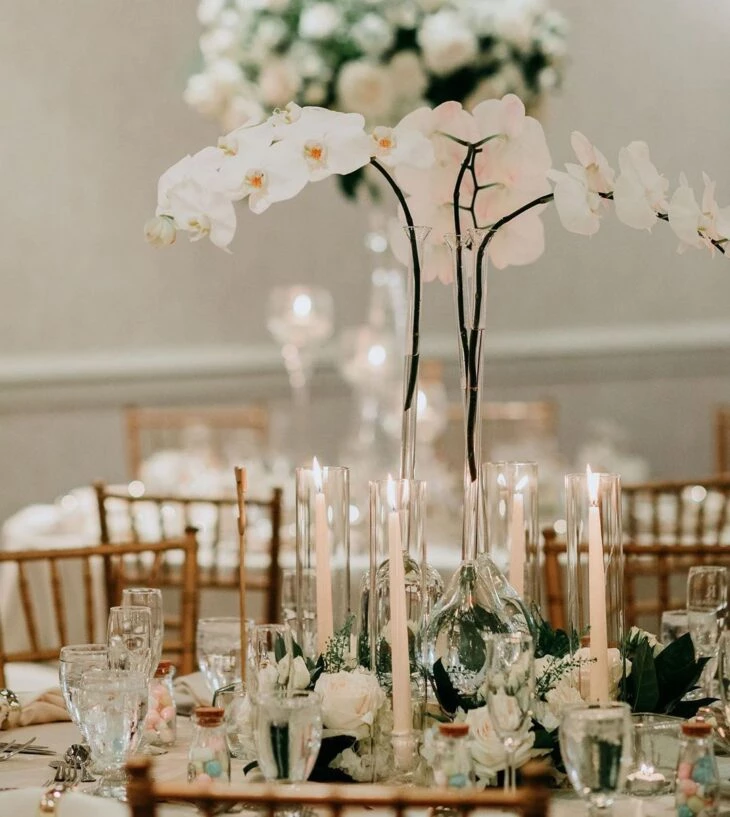
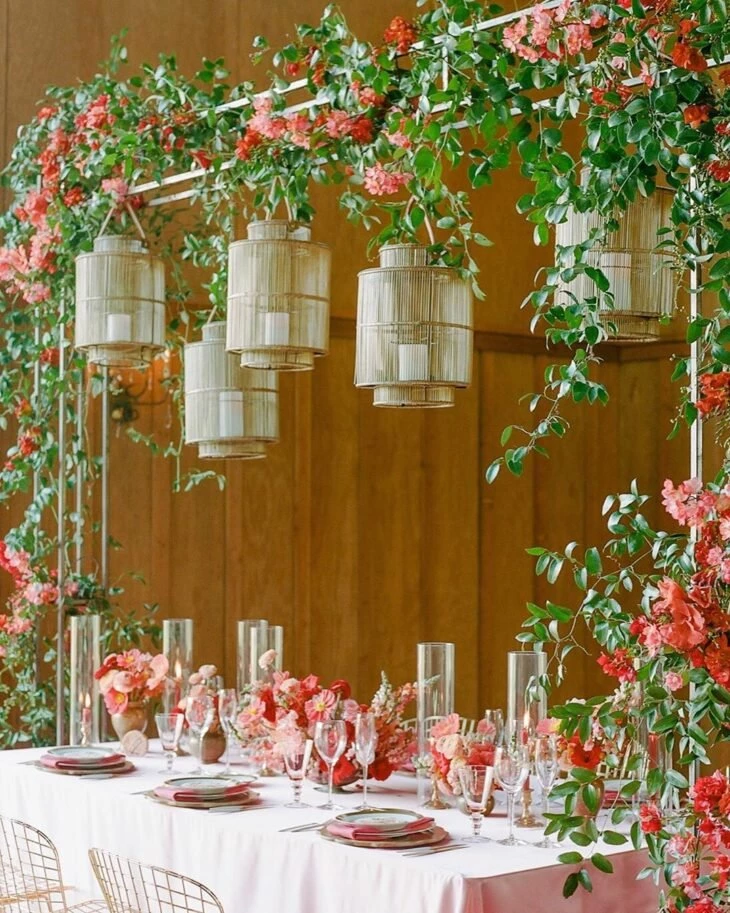
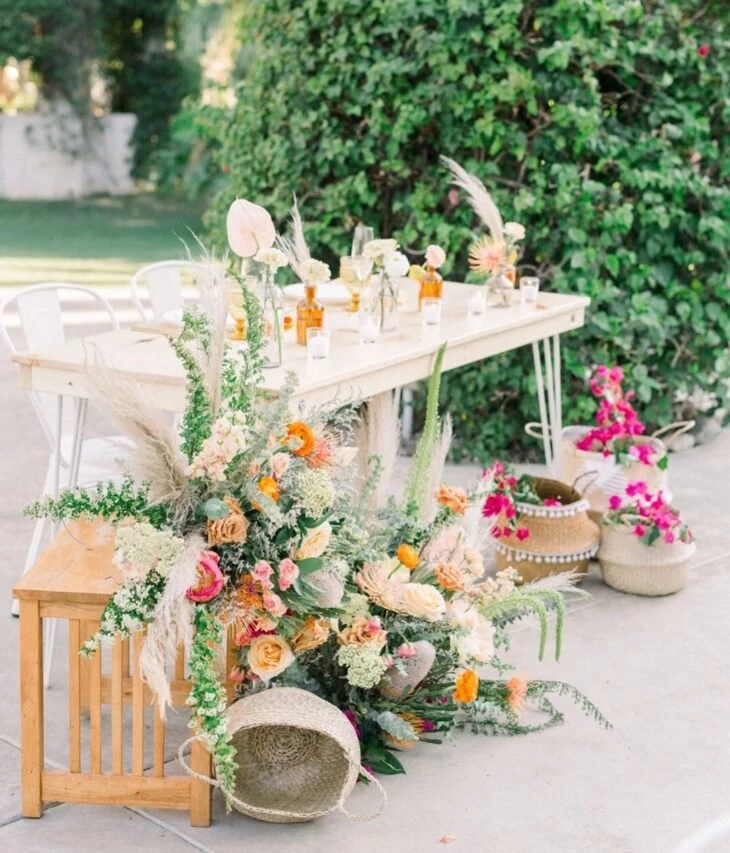
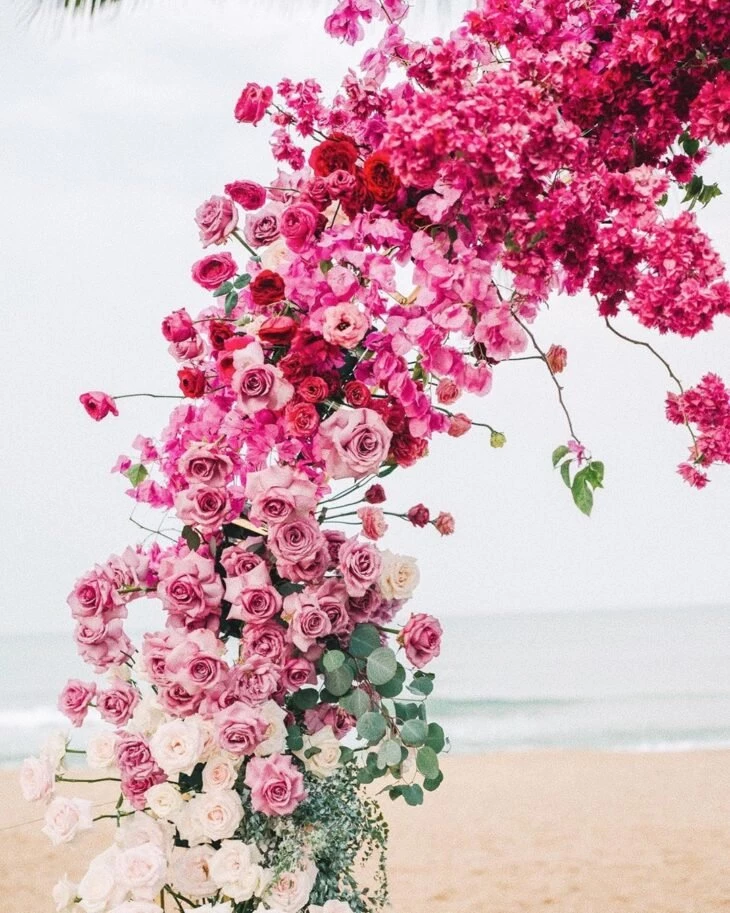
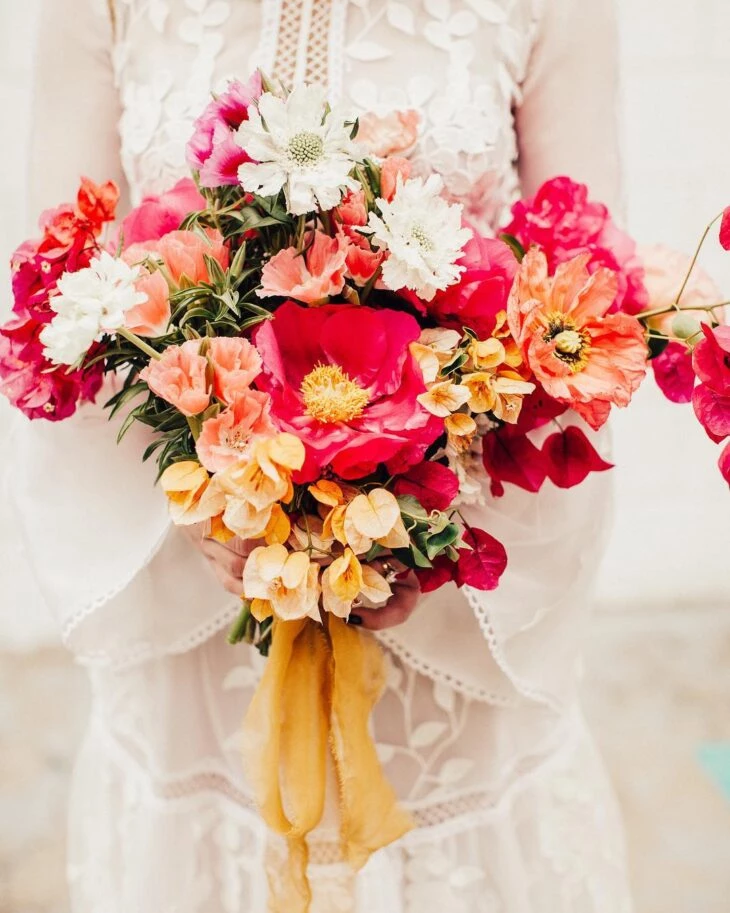
10. protea
This flower is very successful with landscapers, and can be used in gardens as well as in flower arrangements and modern bridal bouquets. The species remains beautiful even after drying, maintaining its vigorous structure and can be combined with other dried elements for an elegant decoration.
Its colors range from white to red and light pink, with a silvery sheen - this being one of its most admired variations. The seedling loves full sun and thrives well in poor and preferably acidic soil. Because it doesn't like water much, its irrigation doesn't require specific care: once a week is enough.
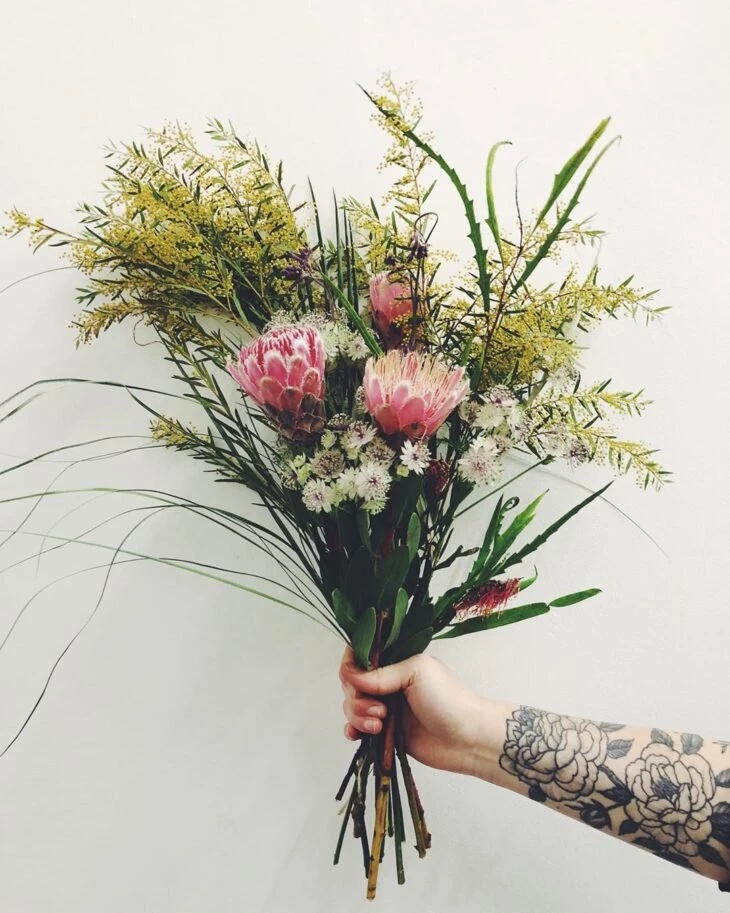
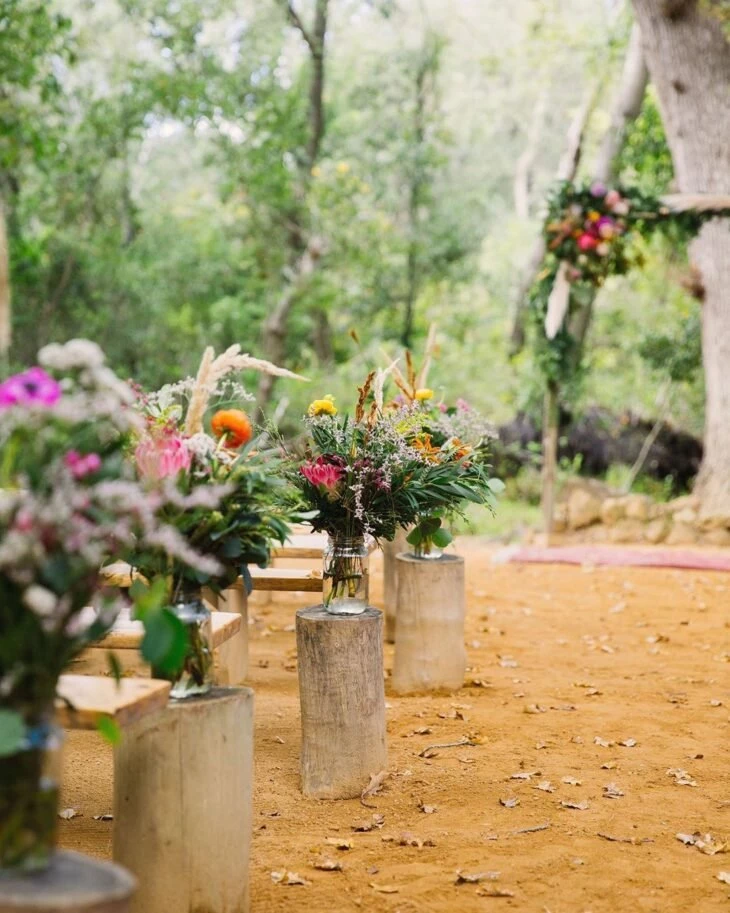
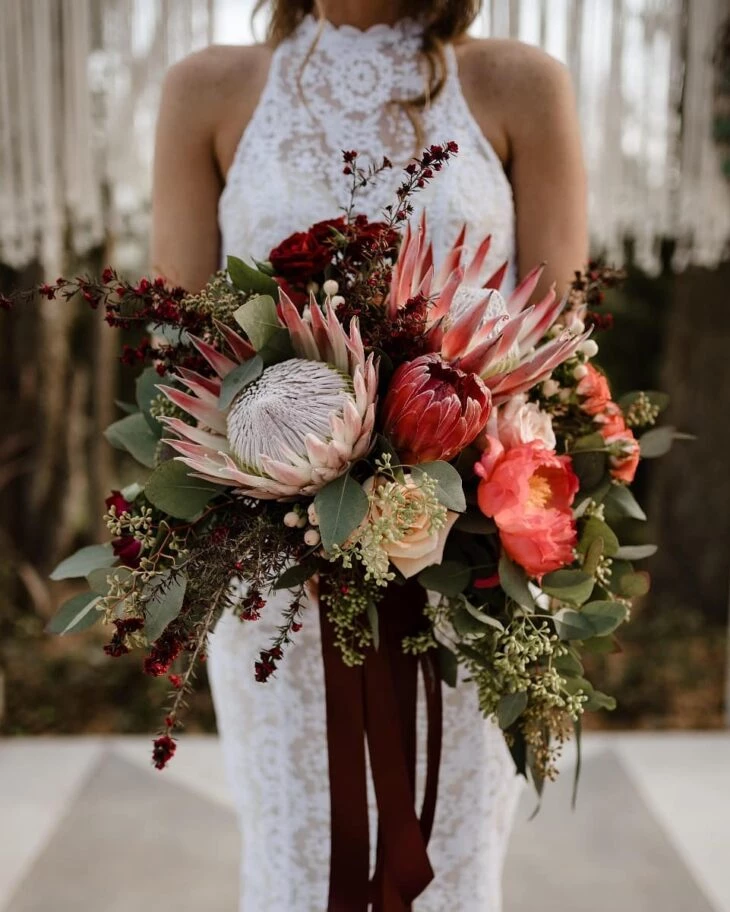

The variety of shapes, textures, and colors of tropical flowers is great, catering to all tastes and decoration interests - from a more exotic arrangement to a modern and distinctive one. How about adopting one of these in your home or party?
And if you like these flowers, take advantage and invest in decorating with flowers for a more cheerful environment.


